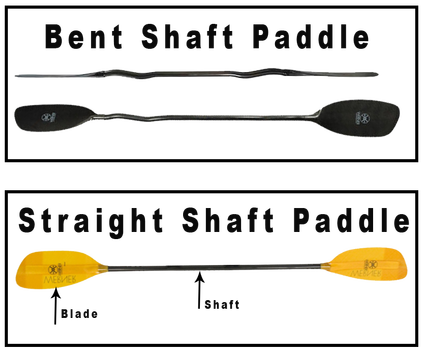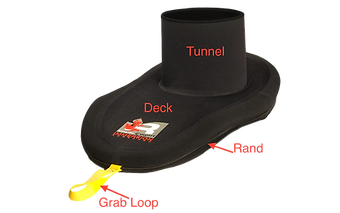top of page


Top
Your Gear
Your gear is an important part of your kayaking experience. It provides critical protection and helps keep you comfortable in a harsh environment. Your safety gear could save your life, so don't cut corners. Here is a quick run through of the basic gear that is required to take the Whitewater 101 class. Some of the listed items are optional, but if your paddling is going to move forward we urge you to consider adding this gear to your collection. It will increase your comfort and your safety on the water. If you have any questions or need specific recommendations, drop us a line and one of our instructors will be happy to help.
Boats
PFD
Helmet
Paddle

Skirt
bottom of page








